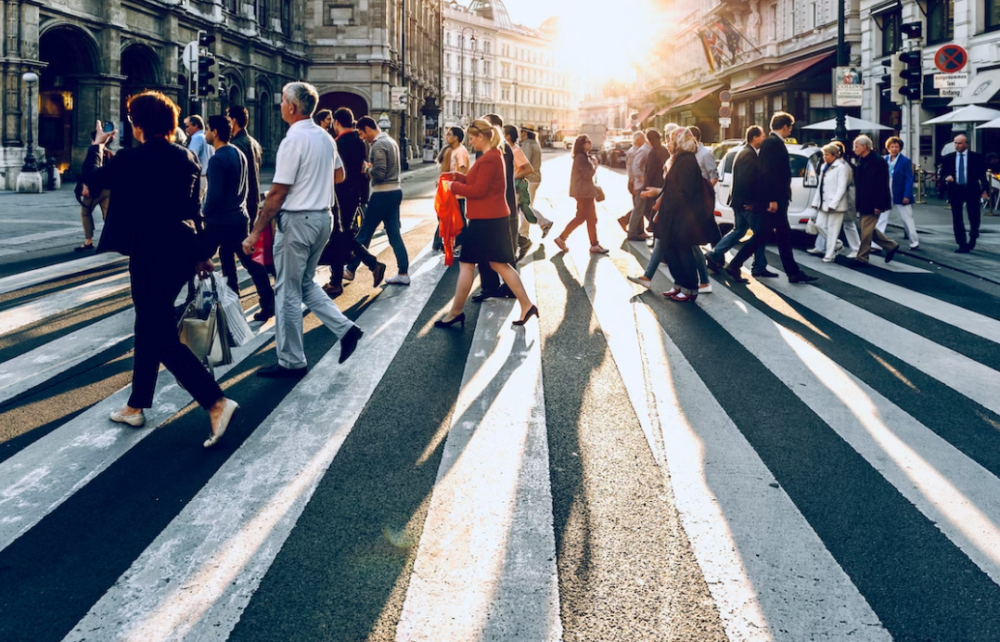The United States is a uniquely diverse country with a rich mix of cultural backgrounds and traditions. Cultural differences in the US can vary significantly based on factors such as race, ethnicity, religion, language, and geographic region. Those cultural differences then seep into ways of life – from food to sports culture. That all then ties together to create easily the most diverse country in the world. Below, we’re going to delve into the various cultural aspects of the US and how it shapes the country.
Individualism Vs Collectivism
One major cultural difference in the US is the concept of individualism versus collectivism. American culture places a strong emphasis on individualism, with a focus on personal achievement, independence, and self-reliance. That’s evident in the emphasis on personal responsibility, entrepreneurship, and the pursuit of individual freedoms and rights. In contrast, many other cultures place a greater emphasis on collectivism, focusing on the importance of family, community, and group harmony. In these cultures, the needs of the group are often considered more important than the needs of the individual.
Religion
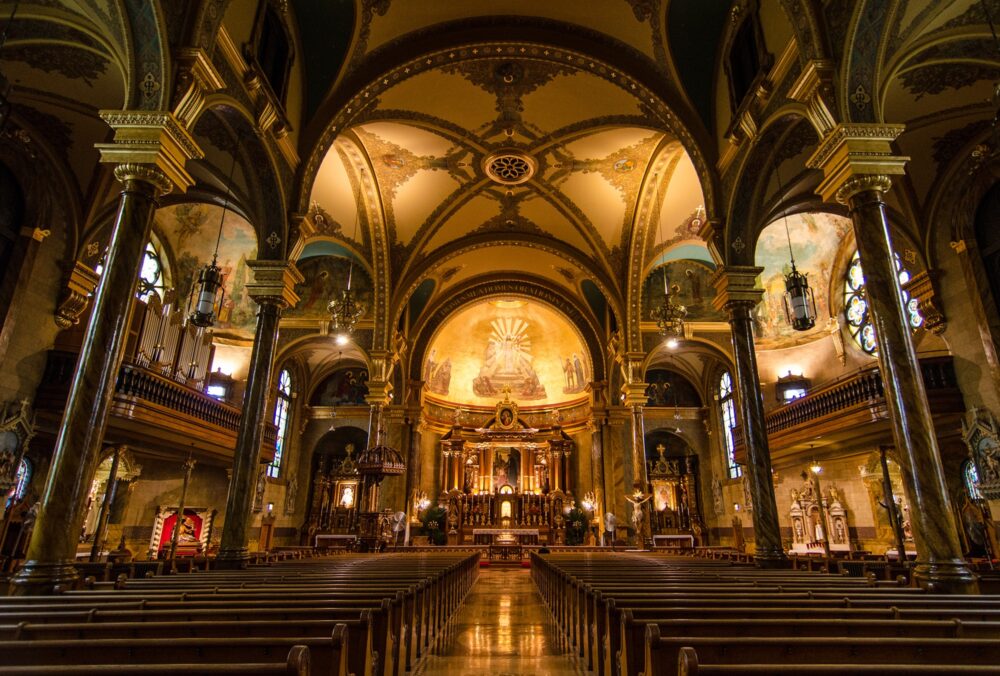
Religion is another crucial cultural difference in the US, with a wide range of religious beliefs and practices represented across the country. Christianity is the most common religion in the US, but there are also significant populations of Jews, Muslims, Buddhists, Hindus, and others. Christianity is the largest religion in the US, with approximately 70% of adults identifying as Christian, according to a 2019 Pew Research Center survey. Most Christians in the US belong to Protestant denominations, such as Baptists, Methodists, and Presbyterians, while approximately 20% of US adults identify as Catholic. Judaism is the second largest religion in the US, with approximately 2% of adults identifying as Jewish. Islam is the third largest religion in the US, with roughly 1% of adults identifying as Muslim. New York is home to the largest Jewish community, a peaceful and beautiful community that birthed the famous deli store – Katz’s Deli. Their interior decor is also culturally unique, decorated beautifully, featuring items like the netilat yadayim cup, the Menorah, and Shabbat Candlesticks.
Food Culture
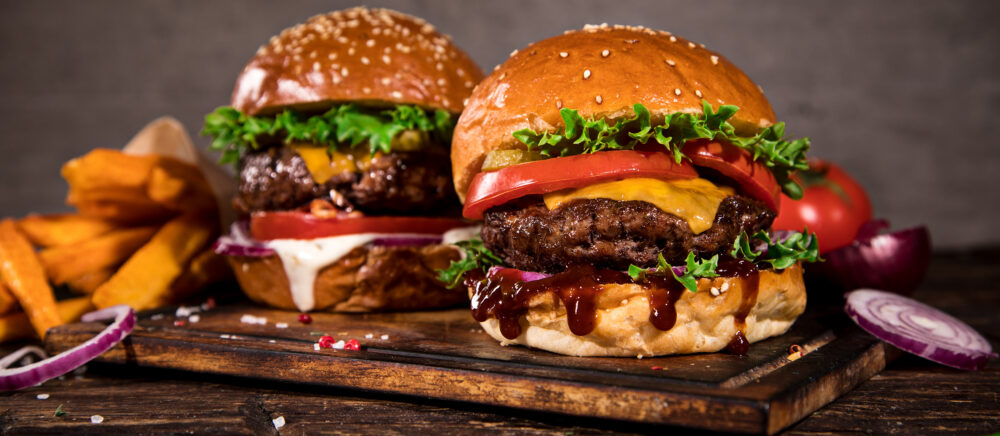
Would it be an article about the culture in the US without talking about the food culture? No. It’s perhaps one of the most crucial aspects of US culture. The food culture in the United States is diverse and varied, with influences from different cultures and regions throughout the US. American cuisine has been shaped by the traditions of Native American, European, African, and Asian cultures, among others. Fast food is a prominent part of American food culture, with popular chains such as McDonald’s, Burger King, and Subway located throughout the country. Fast food is often inexpensive and convenient and is a popular choice for meals on the go. Barbecue is another popular style of cuisine in the US, with regional variations in style and flavor. Barbecue typically involves slow-cooking meat over a wood or charcoal fire, using rubs, marinades, and sauces to add flavor. In the southern United States, soul food is an incredible cuisine, including delicacies such as fried chicken, macaroni and cheese, and collard greens. Soul food has its roots in African American culture and is often associated with comfort and home cooking.
Festivals and Celebrations: Showcasing Cultural Traditions
Festivals and celebrations provide a vibrant platform for communities to showcase their cultural traditions and customs. This section highlights some of the diverse festivals celebrated across the United States, such as Chinese New Year, Diwali, St. Patrick’s Day, Cinco de Mayo, Juneteenth, and Native American powwows. It explores how these events bring people together, foster intercultural understanding, and promote appreciation for the richness of cultural diversity in the U.S.
Indigenous Cultures: Preserving Native Heritage
The indigenous cultures of the United States are an essential part of the nation’s identity. Native American tribes have inhabited the land for thousands of years, preserving their distinct languages, art forms, spirituality, and traditions. Recognizing and respecting the contributions and rights of indigenous peoples is crucial for honoring the country’s diverse cultural heritage.
Art, Music, and Literature: Creative Expressions of Cultural Diversity
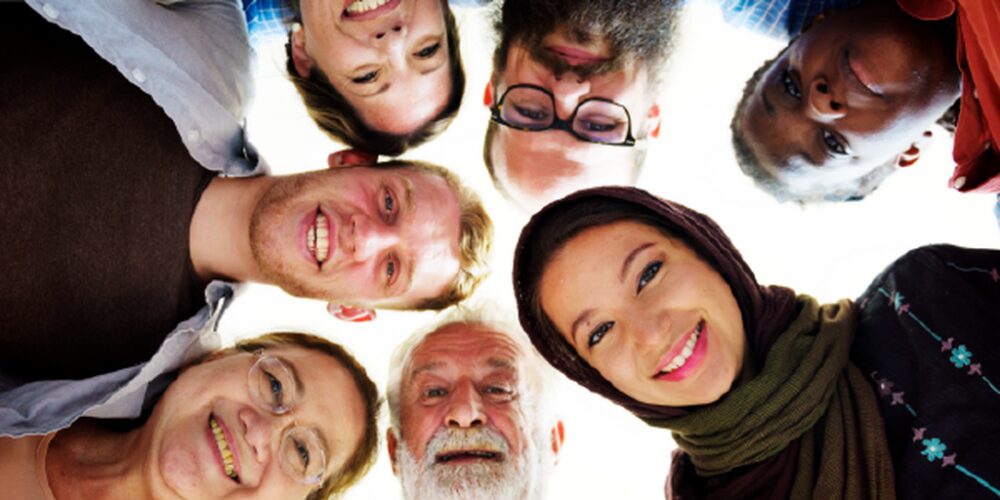
Source: deputy.com
Art, music, and literature serve as powerful mediums for creative expressions of cultural diversity. American artists, musicians, and writers draw inspiration from their diverse backgrounds, resulting in a rich tapestry of creative works that reflect the country’s multicultural essence. From jazz and hip-hop to contemporary art and immigrant literature, these artistic expressions contribute to the vibrant cultural mosaic of the United States.
Cultural Exchange: Promoting Understanding and Respect
Cultural exchange programs play a vital role in promoting understanding and respect among different cultures in the United States. Through initiatives such as student exchange programs, artistic collaborations, and intercultural events, individuals have the opportunity to learn about and appreciate different cultural perspectives. These exchanges help break down stereotypes, build connections, and create a sense of global citizenship.
Education and Awareness: Promoting Cultural Diversity in Schools
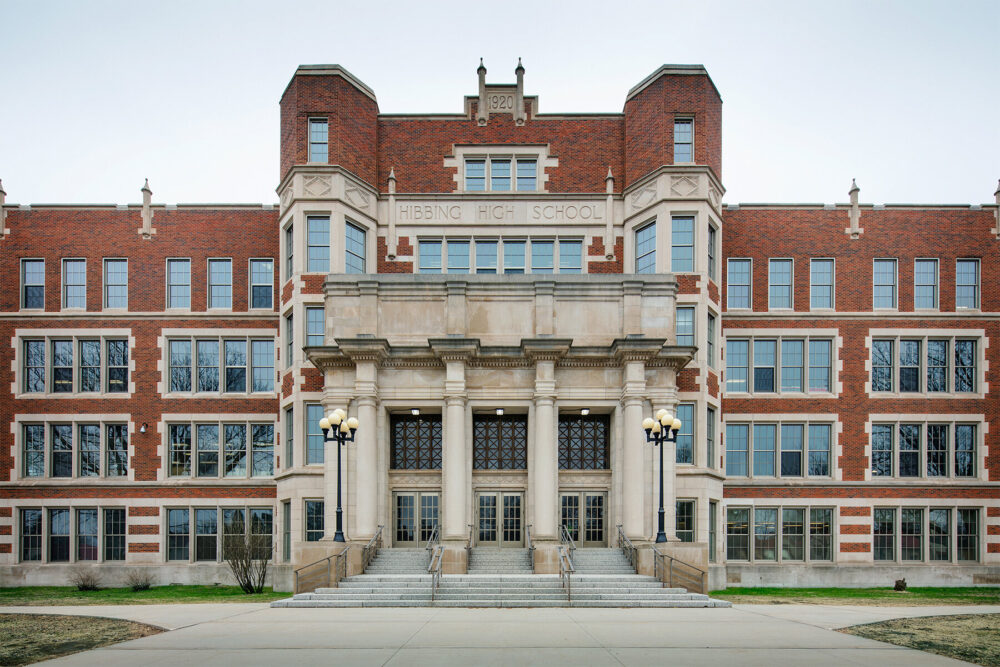
Educational/Cultural Sites
Education plays a pivotal role in promoting cultural diversity and fostering inclusivity. Schools have the responsibility to provide culturally responsive curricula, promote cultural awareness, and celebrate the contributions of diverse communities. By embracing multicultural education and creating inclusive learning environments, schools can nurture future generations who appreciate and respect cultural diversity. The US is one of the most incredible countries in the world. There’s something for everyone. Whether it’s a love of food, religion, art, music, or sport, there’s always something to enjoy. The culture of each aspect of US life is captivating.


